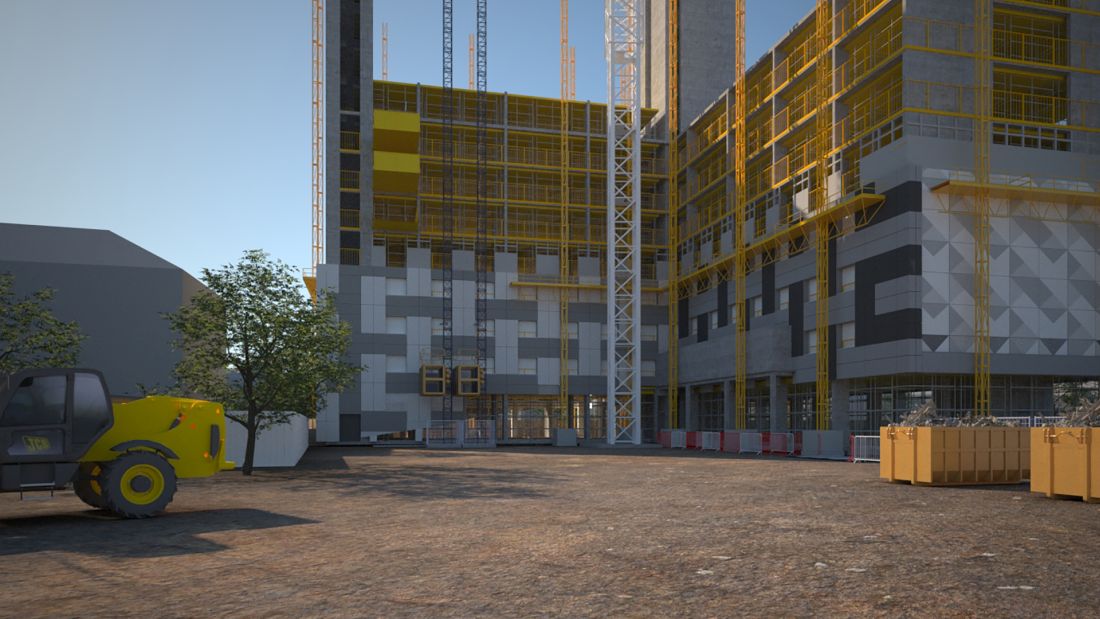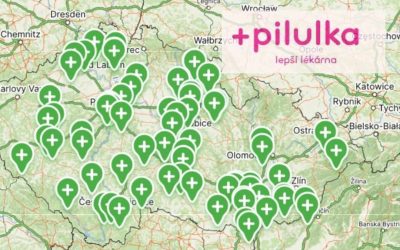Digitization has finally arrived in the construction and real estate sectors, spurred on in part by the pandemic that swept across the world in 2020. We tend to hear a great deal about the rise of prop tech companies whose products help building owners improve the user experience of their tenants. But it’s the digitization of the construction process itself that will eventually create a genuinely new value proposition across all property sectors. Three-dimensional BIM models have been around for years, but their use by designers and building companies is sporadic and limited. The result is that construction sites are often beset by inefficiencies and avoidable re-work.
 Enter the pandemic and the digitization of everything from yoga classes to nursery school. The sudden cultural acceptance of virtual interactions has brought with it an openness to explore new digital applications in business. This sudden shift is music to the ears of Martin Rapos, co-founder of the 3D visualization specialist Akular. “The big difference is that until now, you have BIM models which are useful for contractors in the office, but not on site,” he said. “What we are working on is bringing the 3D model to the construction site so that people who need the information at that moment can use it.”
Enter the pandemic and the digitization of everything from yoga classes to nursery school. The sudden cultural acceptance of virtual interactions has brought with it an openness to explore new digital applications in business. This sudden shift is music to the ears of Martin Rapos, co-founder of the 3D visualization specialist Akular. “The big difference is that until now, you have BIM models which are useful for contractors in the office, but not on site,” he said. “What we are working on is bringing the 3D model to the construction site so that people who need the information at that moment can use it.”
But he said that developers still haven’t grasped the real potential of BIM models. Speaking at a roundtable discussion held in the Slovak pavilion at Expo Dubai 2020, Rapos said these models rarely get updated after they’re handed off to the general contractor. It’s unfortunate, because by putting them at the heart of the entire construction process, contractors could organize work far more effectively and easily avoid costly, time-wasting re-work.
Digitization on site
One company Akular is helping develop its BIM model capabilities is Alec, general contractor on several gigantic public projects in the UAE. Its contract manager Dewald Smith (who also spoke at the roundtable) says he’s insisted that all 400 of the subcontractors on one of Alec’s major projects are required to submit shop drawings in BIM. As new files come in, his team of around 20 designers feeds them into the central 3D model, including precise specifications of all materials. Using integrations developed in cooperation with Akular, the same happens with all RFIs and shop drawings. This means that a searchable, digital paper trail is available 24×7.
 Smith says that one of the many reasons he’s driving the adoption of digital processes at Alec is that it enables him comply with strict demands for hyper-transparency. But it also helps him bring some order to projects that can have as many as 7,000 people on site at one time.
Smith says that one of the many reasons he’s driving the adoption of digital processes at Alec is that it enables him comply with strict demands for hyper-transparency. But it also helps him bring some order to projects that can have as many as 7,000 people on site at one time.
He says that Alec had to beef up its remote working capabilities in a hurry when the pandemic hit. “Akular came on board as we were ramping up,” he says. “The appetite was there as a business and as a younger project manager, I genuinely just like technology and I have a passion for construction. Akular came in at the right time to allow us to merge the digital realm with the physical realm of construction.”
The end of re-work?
The primary role of Akular is to help Smith’s management team at Alec load an always-updated version of the model onto iPads that they can take onto the constructions site. Using Augmented Reality imaging triggered by QR codes on site, managers can inspect the day’s work to make sure they comply precisely with the BIM model. His goal is to reduce re-work from 5% to just 0.5%, an achievement which would result in huge cost savings as well as reduced CO2 emissions.
Rather than simply functioning as a cool-looking guide for the construction process, Smith treats the model with something that borders on reverence. “When we construct, we use information from multiples different trades and consultants,” he says. “All that information needs to be coordinated together in a single source of truth, which is the BIM model. That’s then used to extract 2D models for construction. By using digital tools like AR, we can then overlay all these data sets onto the job site.”
Rapos points out that a successfully maintained BIM model of the project will have a profound effect on its value to the investor. Because rather than simply getting the keys to the building and a mountain of project documentation folders that someone will have to learn to decipher, they’ll essentially get the login codes to a model that’s been designed from day 1 to be intuitively comprehensible. As this practice becomes more widespread and dynamic modelling techniques are perfected, Rapos predicts that new building owners will come to expect to receive a digital twin at handover together with its new physical asset.
Also in ThePrime
CTP storms into German market with 1.7 million sqm acquisition
3Things: Today’s rate hike, AFI Europe and the construction law






